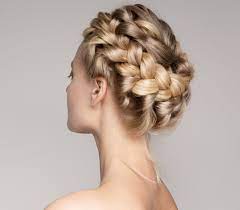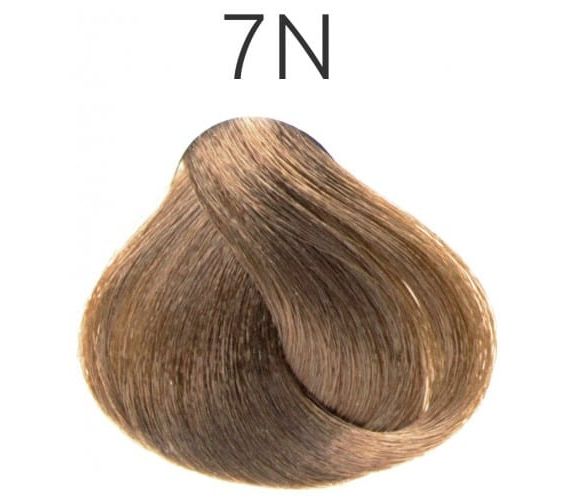
Protective styles effectively limit hair damage and promote growth while allowing your strands to expand. Choosing a style that suits your hair texture and maintenance level is essential.
Protective styles for white hair include cornrows, two-strand twists, buns, updos, and twisted braids. There are numerous options to try!
Single Dutch Braid
This elegant style keeps white hair out of the face and protects it from damage. It looks cute while reducing heat and environmental damage. The tight coils add volume.
Halo Braid
The Halo Braid is an easy, beautiful, and versatile protective hairstyle. It starts with a deep side part and gradually braids your hair, creating a woven effect. Perfect for any special event or before bedtime to prevent tangles and frizz!
Smooth Ponytail
The sleek ponytail is a quick and straightforward protective hairstyle. Start with clean hair and use a brush to smooth and gather your hair into a low or high ponytail. Tease for volume and apply hairspray for a polished look. Remember to rub the nape and edges!
Twisted Headband Updo
This cute DIY protective style keeps your hair out of your face and protects it from damage. Braid a ponytail, wrap it around the base of your head, secure it with clear elastic, and add small braids for detail.
French Fishtail Braid
French fishtail braids are stylish and protective for white hair. They add elegance and sophistication to your look. Remember to wear a silk bonnet while sleeping to retain moisture in the scalp.
Try these elegant and sophisticated styles to enhance your facial features and protect your white hair!

